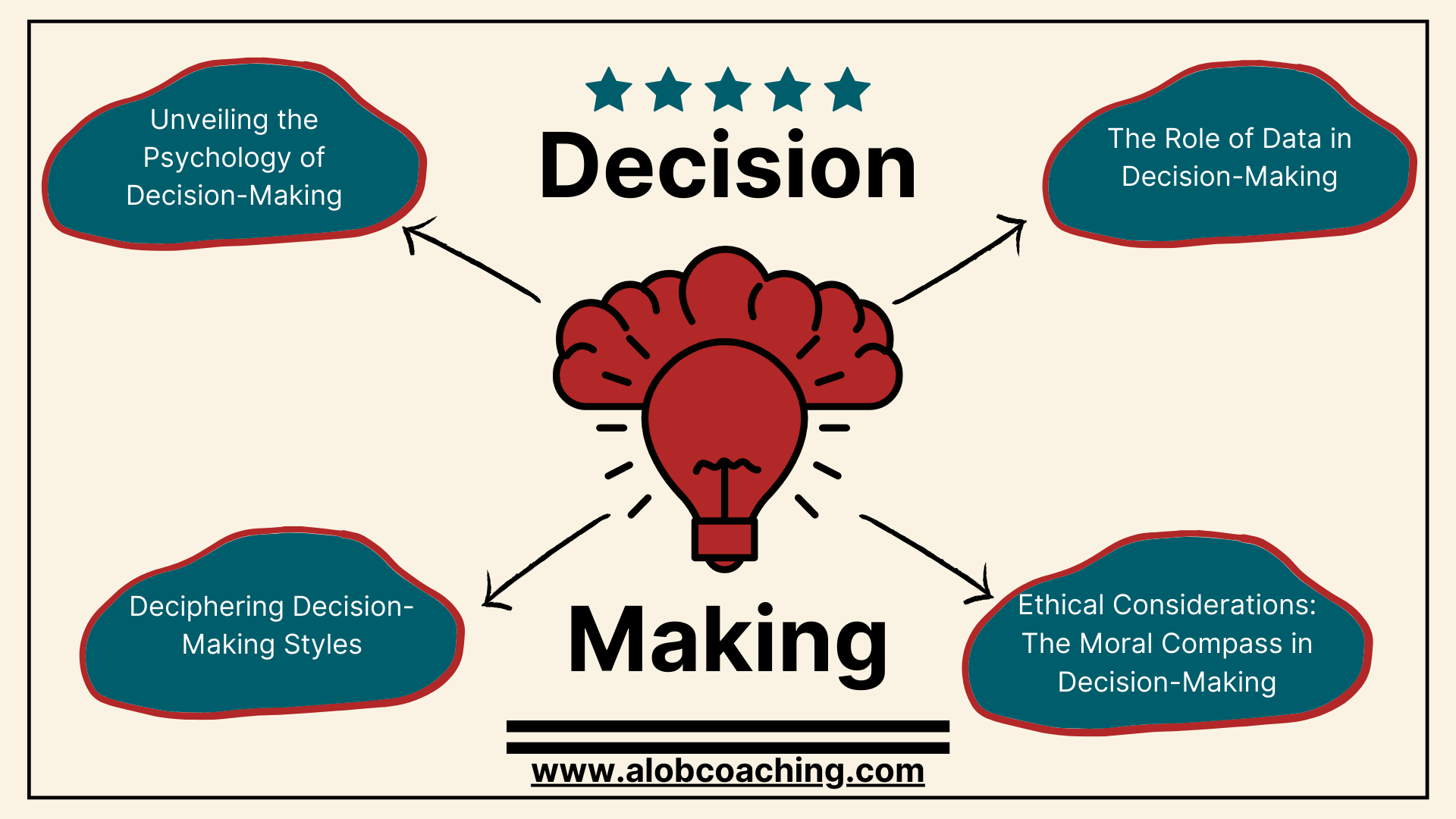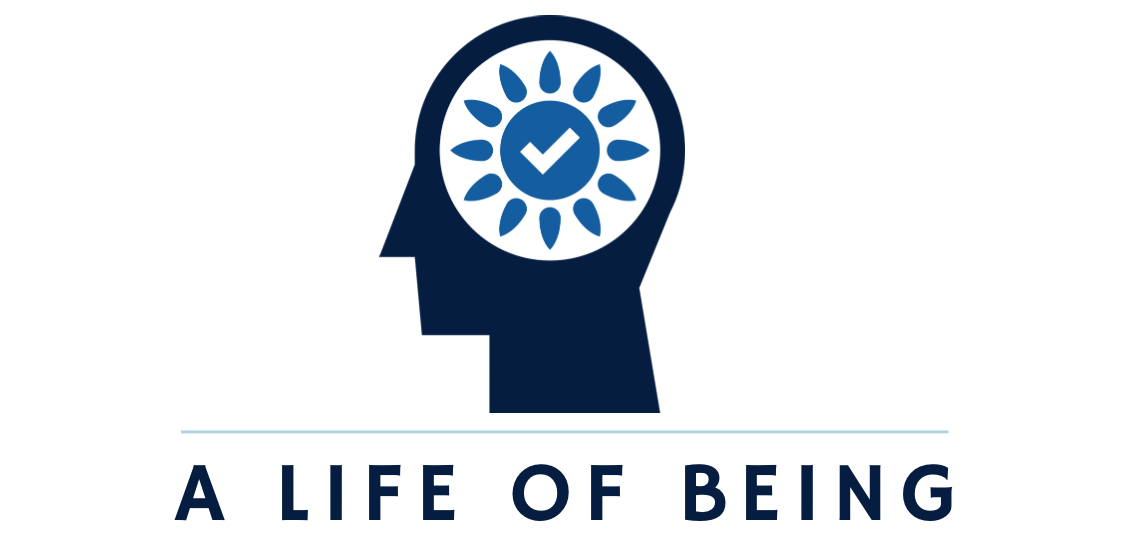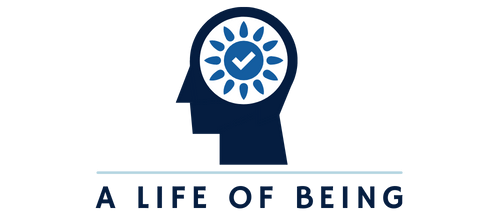Do you find that employee engagement initiatives never seem to take hold on your team? You're not alone—five non-conventional ways of engaging your workforce.
When you hear the word engagement, what do you think?
Do you think of a sports team that’s fully committed to winning? Do you think of a couple who is deeply in love and can’t stop thinking about one another? Do you think of an employee who is passionate about their job and gives 110% daily?
Engagement can be any or all of these things. It's about finding ways to get people excited about what they do, how they do it, and why.
Gone are the days when an employee would be given a pension and a gold watch for 25 years of service.
As we all know, how organizations engage their employees has changed dramatically in the last few decades.
No matter how hard we try, engagement doesn't seem to stick. And, it's not just us—the numbers show it. In fact, according to the Gallup, after trending up in recent years, employee engagement in the U.S. saw its first annual decline in a decade -- dropping from 36% engaged employees in 2020 to 34% in 2021. This pattern continued into early 2022, as 32% of full-time and part-time employees working for organizations are now engaged.
Now, we see employees looking for perks and benefits to help them be more engaged. To prevent employees from quitting quietly (dive deeper into quiet quitting here), managers must listen to their concerns and address them. They will leave if the feel like their voice is not being heard at work.
Here are five unconventional ideas you might want to try.
1. Provide workers with autonomy.
Let's start with the obvious: autonomy is essential.
Autonomy is a powerful motivator, but many companies don’t understand it. If you struggle to motivate your employees download our free resource for 10 essential criteria to improving motivation. If you're stuck in the past and your employees are quitting quietly due to strict policies or micromanaging you will find your employee motivation and productivity skyrocket due to the freedom and responsibility bestowed in them. Which means that when something goes wrong, they need to take ownership of making it right without being told what to do.
Guess what? To understand this, you don't have to be an expert in employee motivation or work psychology. If you're reading this, you're also a person who likes to make decisions and have control of your life. You probably want to make your own choices instead of having someone tell you what to do every step of the way.
Why wouldn't you let your employees do the same?
It's not just about letting them pick their own lunch times or deciding on the color scheme of a new campaign; it's also about providing workers with the freedom to make decisions that impact their work lives. For example, let them know if an employee wants to work from home one day per week. If employees aren't happy with their current project, allow them to switch gears. When you empower employees with autonomy, they're more likely to feel motivated and engaged in their work.
2. Encourage active learning.
This is another good place to start: active learning.
This means that rather than passively listening, you're required to do something—anything!—to learn. It's often more fun and engaging than traditional modes of teaching, which can feel like little more than an opportunity for one person (the teacher) to talk to a group of people (the students). But by requiring engagement from all parties involved in the learning process, active learning encourages participation. It builds excitement among learners because they feel they have agency over their progress.
The result?
A more compelling experience for everyone involved.
Some ways to do this in the office might include:
- Create a team project that requires everyone's input.
- Have one person present their work to the group and solicit feedback from everyone else.
- Ask people to write down three questions they have about an upcoming project and then hold a Q&A session where everyone answers each other's questions.
3. Set s.m.a.r.t.e.r goals
SMARTER stands for:
- Specific
- Measurable
- Achievable/Actionable
- Realistic/Relevant
- Timely
- Exciting/evaluated
- Reviewed
Many organizations know about SMART Goals but fail to dive into them with their employees It's important to ensure your employees know what they're supposed to be doing and why it matters.
The best way to do this is by setting SMARTER goals for them. For example, instead of saying: "Do better," which can be pretty vague and open-ended, set a goal like: "Make sure you're finishing at least one project per month by the end of March. Whoever completes the best project by the end of March will win a three-day cruise." This is just an example, but this new generation of employees needs things to engage them and keep them on their toes constantly.
Make sure employees know what they're supposed to do, how it fits into the big picture, why it matters, and what's in it for them to stay excited.
4. Offer immediate feedback and recognition for a job well done and meeting goals.
In today's work environment, it can feel like more things get in the way of employees getting recognition and feedback than there are ways to get it. The good news is that each of these obstacles is also an opportunity for you to make a difference in your organization by finding creative ways to celebrate the successes of your team members.
One way to do this is through an employee recognition program. This can be as simple as a thank you or pat on the back or as formal as a bonus or promotion. You might even consider publicizing their achievements on social media—perhaps by posting them on LinkedIn or Facebook!
But what about those employees who aren't reaching their potential?
You can turn this around by giving them recognition too! Just because they haven't reached specific goals doesn't mean that you shouldn't recognize the hard work and effort they're putting in.
In an increasingly competitive business world, it's essential to be able to motivate your employees and keep them engaged. The best way to do this is by recognizing their successes and providing feedback on how they're doing.
5. Hire a certified coach for your team (or for yourself)
What comes to mind when you think of the word “coach”?
For many people, the image of a sports coach or an executive coach comes to mind. These two familiar coaches help their clients reach their goals and improve performance. A coach can be anyone who supports you in making changes that will benefit your life.
A positive psychology coach, on the other hand, helps you develop your strengths and achieve peak performance. A positive psychology coach can help you get out of a rut, feel more energized, increase productivity, create new habits that stick, break bad habits, and much more.
Positive psychology is one of the best ways to increase engagement because it helps people develop a sense of purpose and meaning. Find out more about positive psychology here! Positive psychology is about developing the best version of yourself, not just getting by in life. It’s about creating a healthier mind and body, better relationships at home and work, and more enjoyment from every aspect of life.
If you're interested in increasing engagement and becoming a better leader or manager, consider hiring a certified coach. They'll help you identify your strengths and weaknesses so that. A coach is not someone who just tells you what to do—they're there so that you can find your answers. Fill out this form to chat with a coach today!
The best way to engage your employees? If you had to ask us...hire a coach!
Conclusion
The world of business is changing faster than ever before. If you want to stay ahead of the curve and engage your employees, consider hiring a coach. They'll help you identify your strengths and weaknesses to become the best version of yourself.
If you want to do it alone, autonomy, active learning, SMARTER Goals, feedback, and coaching your team are good places to start. You can try each one out or combine them to create a successful strategy. The most important thing is that you’re proactive—it’s up to you and your team to make things happen!
For any help along the way, click here to fill out a contact form, and we will get back to you ASAP.
We hope you enjoyed learning about these new and exciting ways to motivate your employees.
Let us know in the comments below what you think of them or if there’s anything else that we missed!
The Blog


a b c d e f g h i j k l m n o - Do not remove from template!!! it is important to support different fonts



